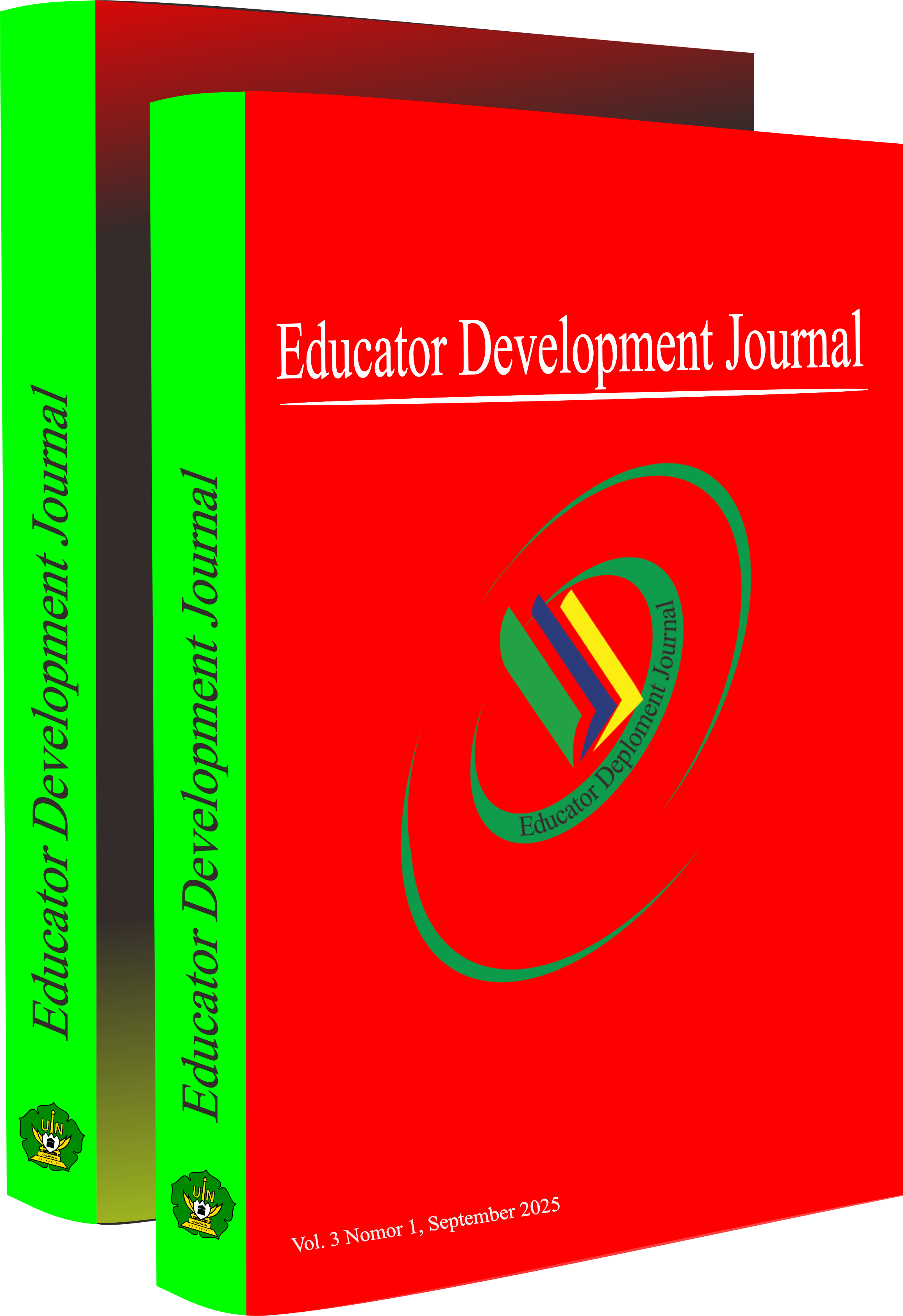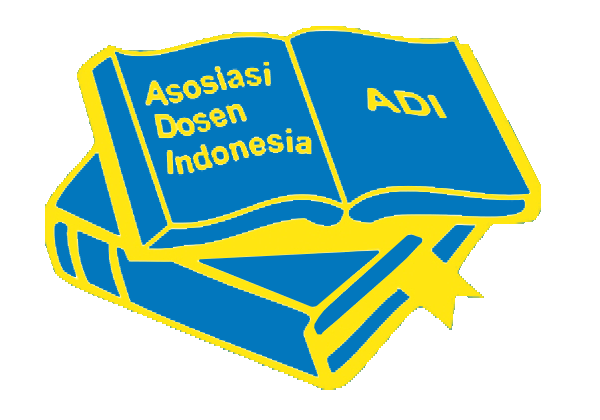The Impact Of Exchange Rate On Debt In The Gambia: A Non-Linear Autoregressive Distributed Lag Model
DOI:
https://doi.org/10.22373/edj.v3i1.6873Abstract
This study investigates the relationship between exchange rate fluctuations and debt sustainability in The Gambia. Unstable currency rate remains a major problem to countries’ economy especially external debt which The Gambia is faced with. To achieve the objective of this study, we employed non-linear autoregressive distributed lag (NARDL) model to explore both short-term and long-term effect. Our study revealed that exchange rate volatility was found to significantly influence The Gambia’s external debt dynamics, particularly through the reduction of the Gambian Dalasi (GMD) against major currencies, which raises the cost of servicing foreign-denominated debt and strains fiscal resources. The study reveals that a 1% depreciation of GMD increases external debt by 6.6% in the short run, underlining the immediate impact of currency fluctuations on debt accumulation. This research highlights that exchange rate volatility can undermine investor confidence and escalate borrowing costs, and exacerbates debt challenges. In terms of policy recommendations, the study emphasizes the importance of robust debt sustainability analysis (DSA), effective currency management, and export-driven growth to mitigate the adverse effects of exchange rate fluctuations. The findings provide valuable insights for policymakers in The Gambia, suggesting strategies to improve fiscal resilience and manage exchange rate-induced economic risk.
References
Agenor, P. R. (1996). Development Macroeconomics. Princeton University Press, Princeton.
Aigbedion, I. M., Baba, A. D., & Audu, I. (2020). Public External Debt and its Impact on Exchange Rate in Nigeria. International Journal of Advanced Studies in Business Strategies and Management, 8(1), 3-15
Aqeel, A., & Nishat, M. (2000). The Twin Deficit Phenomenon: Evidence for Pakistan. The Pakistan Development Review, 39(4), 535-550.
Aizenman, J., & Lee, J. (2007). International reserves: Precautionary vs. mercantilist views, theory and evidence. Open Economies Review, 18(2), 191-214.
Bevilaqua, A. S. (1994). Dual Resource Transfers and the Secondary Market Price of Developing Countries External Debt. Mimeographed, Washington D.C., IMF.
Bilquees, F. (2003). An Analysis of Budget Deficits, Debt Accumulation, and Debt Instability. The Pakistan Development Review, 42(3), 177-195.
Brown, R. L., Durbin, J., & Evans, J. M. (1975). Techniques for testing the constancy of regression relationships over time. Journal of the Royal Statistical Society, Series B, 37, 149-163.
Clarida, R., & Waldman, M. (2007). Is bad news about inflation good news for the exchange rate? And, if so, can that be good news too? Journal of Monetary Economics, 54(6), 1577-1586.
Coudert, V., & Couharde, C. (2013). Currency misalignments and growth: A new look using nonlinear panel data methods. Applied Economics, 45(3), 326-334.
Dejong, D. N., Nankervis, J. C., & Savin, N. E. (1992). Integration versus trend stationarity in time series with a unit root. Econometrica, 60, 423-433.
Dickey, D. A., & Fuller, W. A. (1979). Distribution of the estimates for autoregressive time series with a unit root. Journal of the American Statistical Association, 74, 427-431.
Dittus, P. (1989). The Budgetary Dimension of the Debt Crises in Low Income Sub-Saharan Countries. Journal of Theoretical and Institutional Economics, 145(2).
Eichengreen, B., & Portes, R. (1995). Debt and Default in the 1930’s: Causes and Consequences. National Bureau of Economic Research. Working Paper No. 1772.
Engle, R. F., & Granger, C. W. J. (1987). Co-integration and error correction: Representation, estimation and testing. Econometrica, 55, 251-276.
Engel, C., & Rogers, J. H. (1996). How wide is the border? The effects of tariffs and exchange rates on U.S. auto prices. Journal of International Economics, 40(1-2), 37-57.
Forbes, K. J., & Warnock, F. E. (2012). Capital flow waves: Surges, stops, flight, and retrenchment. Journal of International Economics, 88(2), 235-251.
Frankel, J. A., & Romer, D. (1999). Does trade cause growth? American Economic Review, 89(3), 379-399.
Ghosh, A., & Ostry, J. D. (1994). The current account in developing countries: A perspective from the consumption-smoothing approach. World Bank Economic Review, 8(3), 299-320.
Hausmann, R., & Panizza, U. (2003). On the determinants of Original Sin: An empirical investigation. Journal of International Money and Finance, 22(7), 957-990.
Hayes, A. (2016). "Interest Rate Parity (IRP) Theory." Investopedia. Retrieved from Investopedia.
Joutz, F. L., & Stekler, H. O. (1998). Predicting growth cycles in real-time: The signal-to-noise ratio issue. Journal of Forecasting, 17(1), 1-Krueger, A. O. (1969). "Balance-of-Payments Theory." Journal of Economic Literature, American Economic Association, vol. 7 (1), pages 1-26.
Krugman, P., & Obstfeld, M. (2009). International Economics: Theory and Policy (8th ed.). Pearson Education.
Lane, P. R., & Milesi-Ferretti, G. M. (2007). The External Wealth of Nations Mark II: Revised and Extended Estimates of Foreign Assets and Liabilities, 1970–2004. Journal of International Economics, 73(2), 223-250.
Lane, P. R., & Shambaugh, J. C. (2010). Financial exchange rates and international currency exposure. American Economic Review, 100(1), 518-540.
Mendoza, E. G., & Ostry, J. D. (2008). International evidence on fiscal solvency: Is fiscal policy "responsible"? Journal of Monetary Economics, 55(6), 1081-1093.
Mishkin, F. S. (2007). The Economics of Money, Banking, and Financial Markets (8th ed.). Addison-Wesley.
Mundell, R. A. (1961). "A Theory of Optimum Currency Areas." American Economic Review, 51(4), 657-665.
Obstfeld, M., & Rogoff, K. (1996). Foundations of International Macroeconomics. MIT Press.
Odera, Q. A. (2015). An Analysis On The Effect Of External Public Debt On Exchange Rate Volatility In Kenya. University of Nairobi
Pesaran, M. H., Shin, Y., & Smith, R. J. (2001). Bounds testing approaches to the analysis of level relationships. Journal of Applied Econometrics, 16(3), 289-326.
Panizza, U., Borensztein, E., & Mauro, P. (2009). The economics of sovereign defaults. Journal of International Money and Finance, 28(6), 983-1005.














